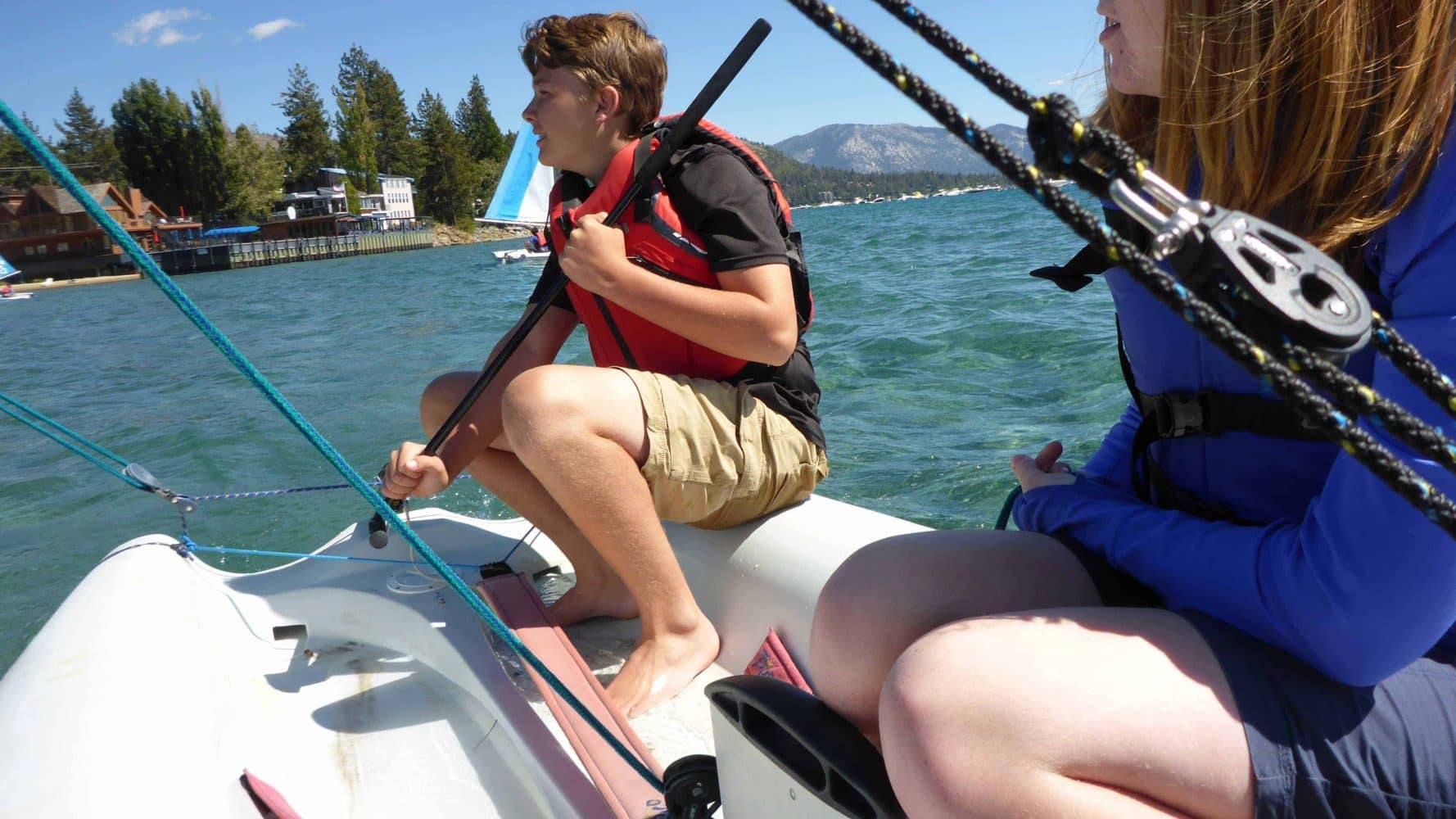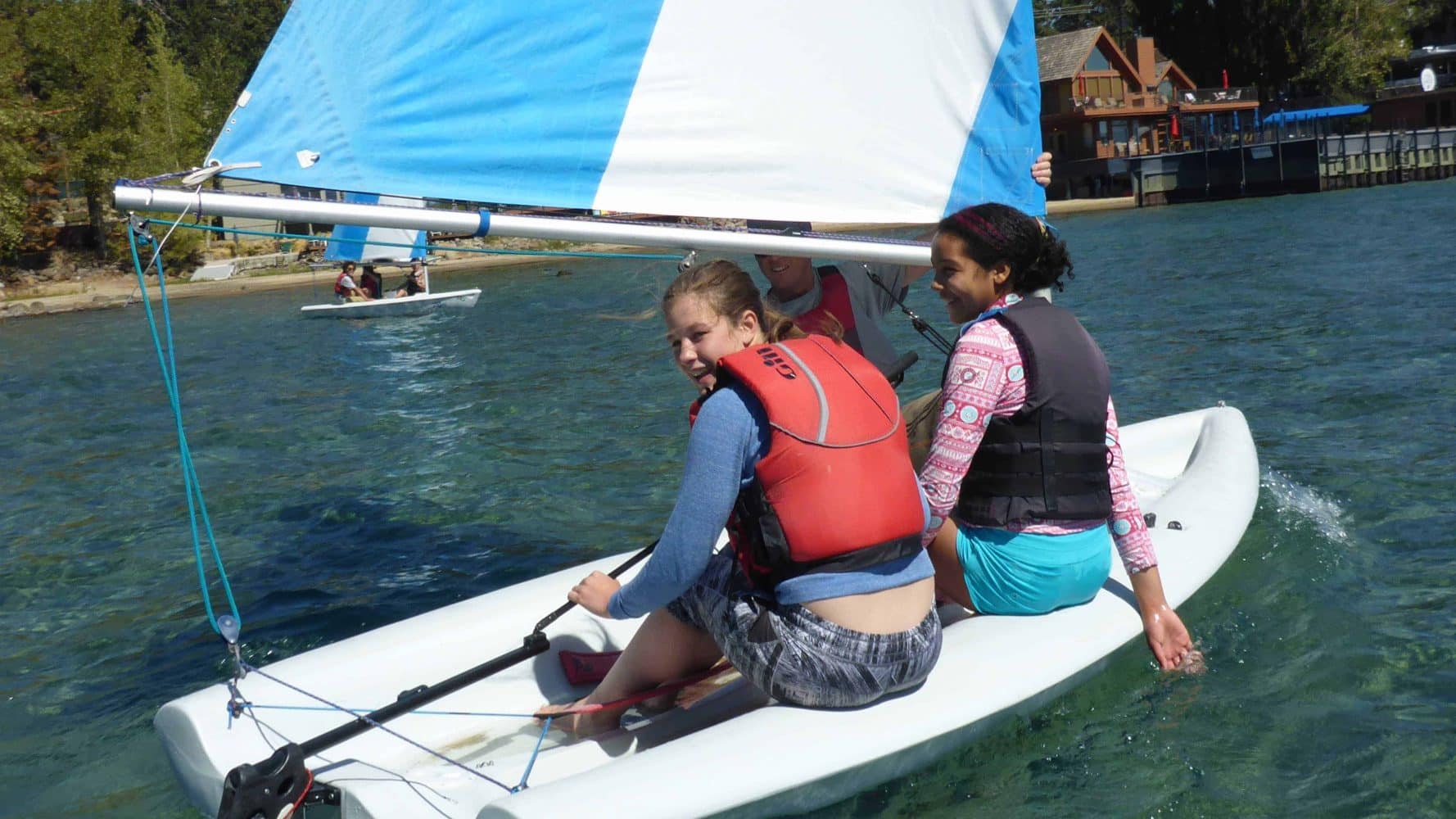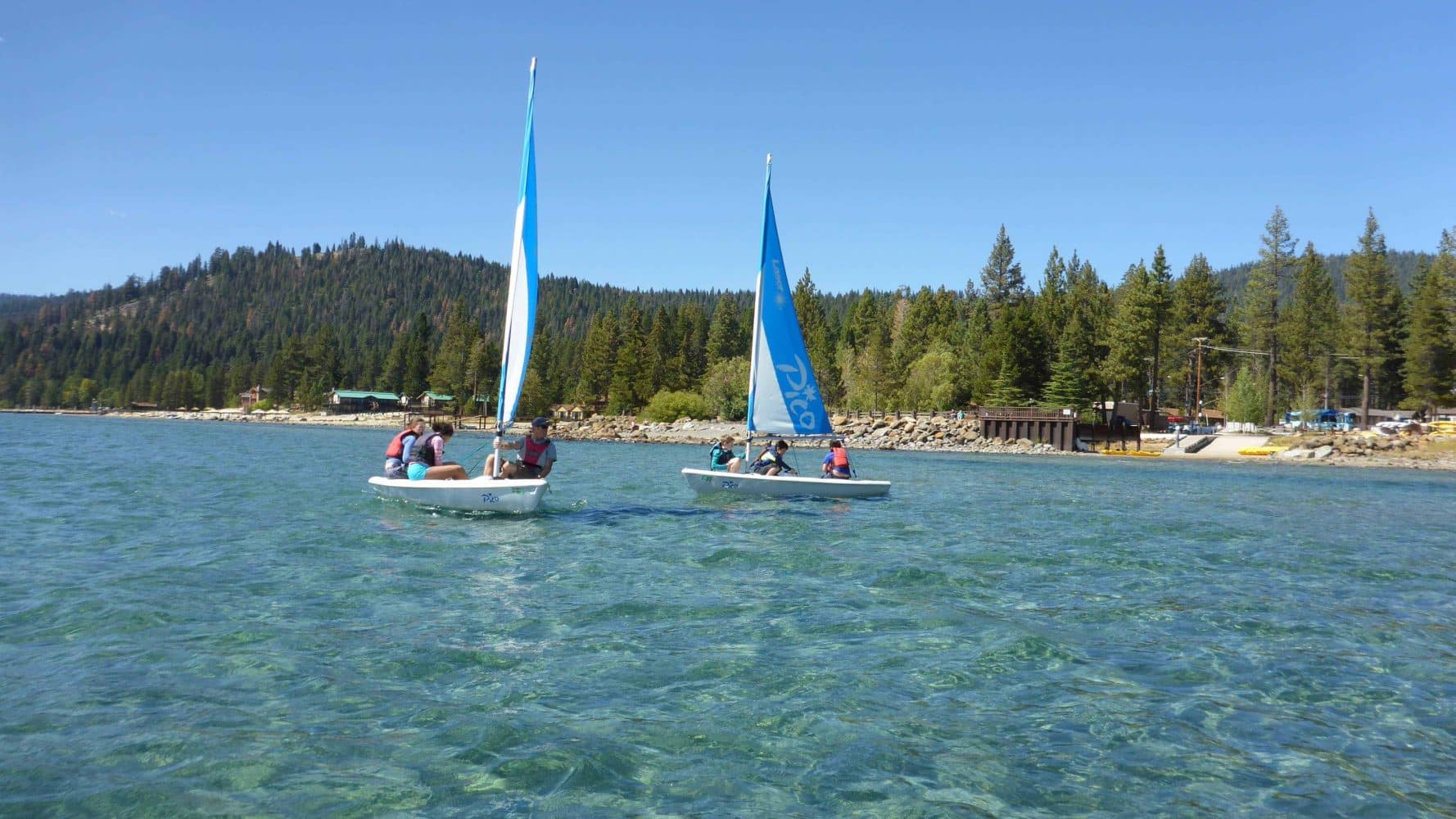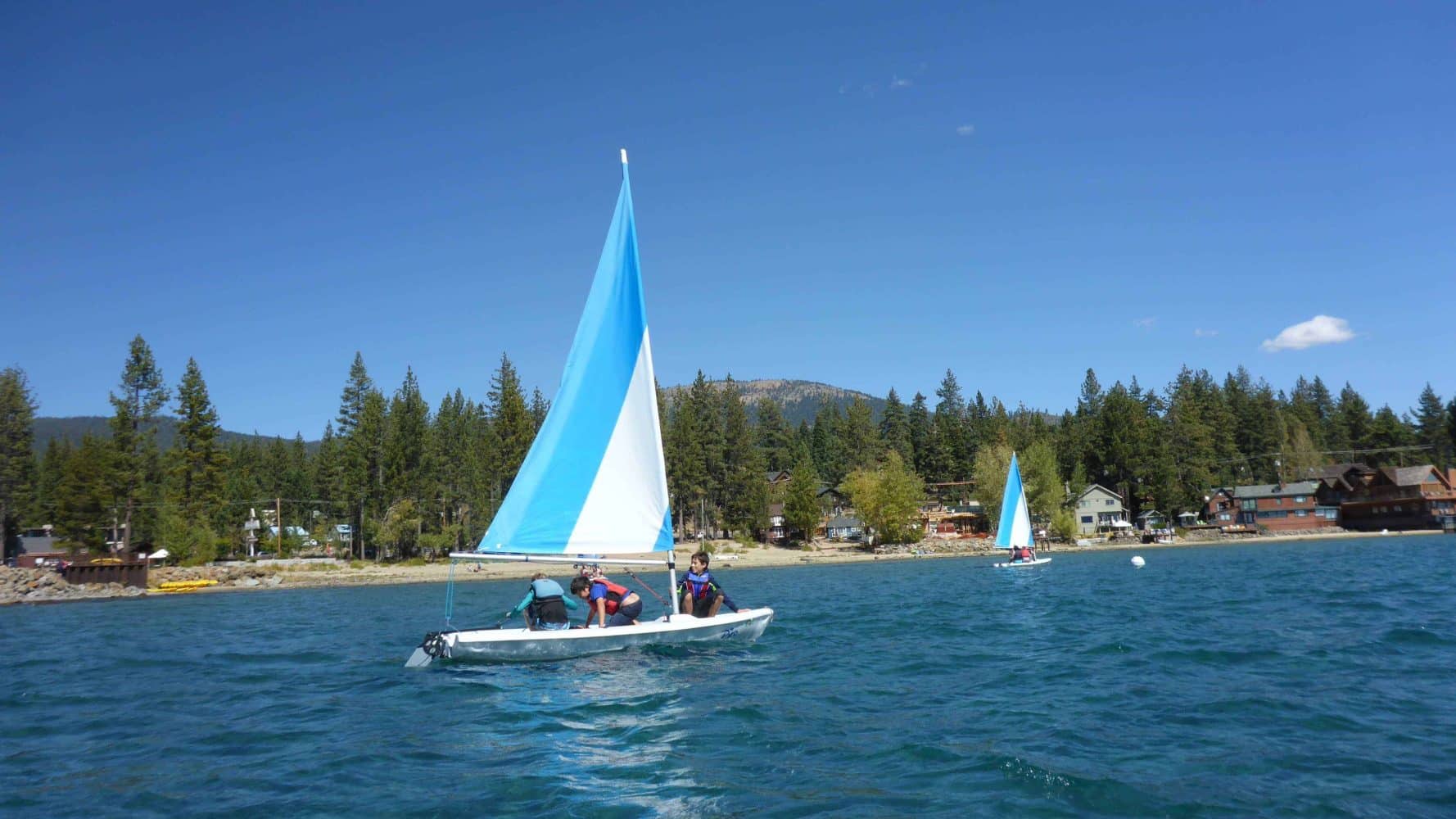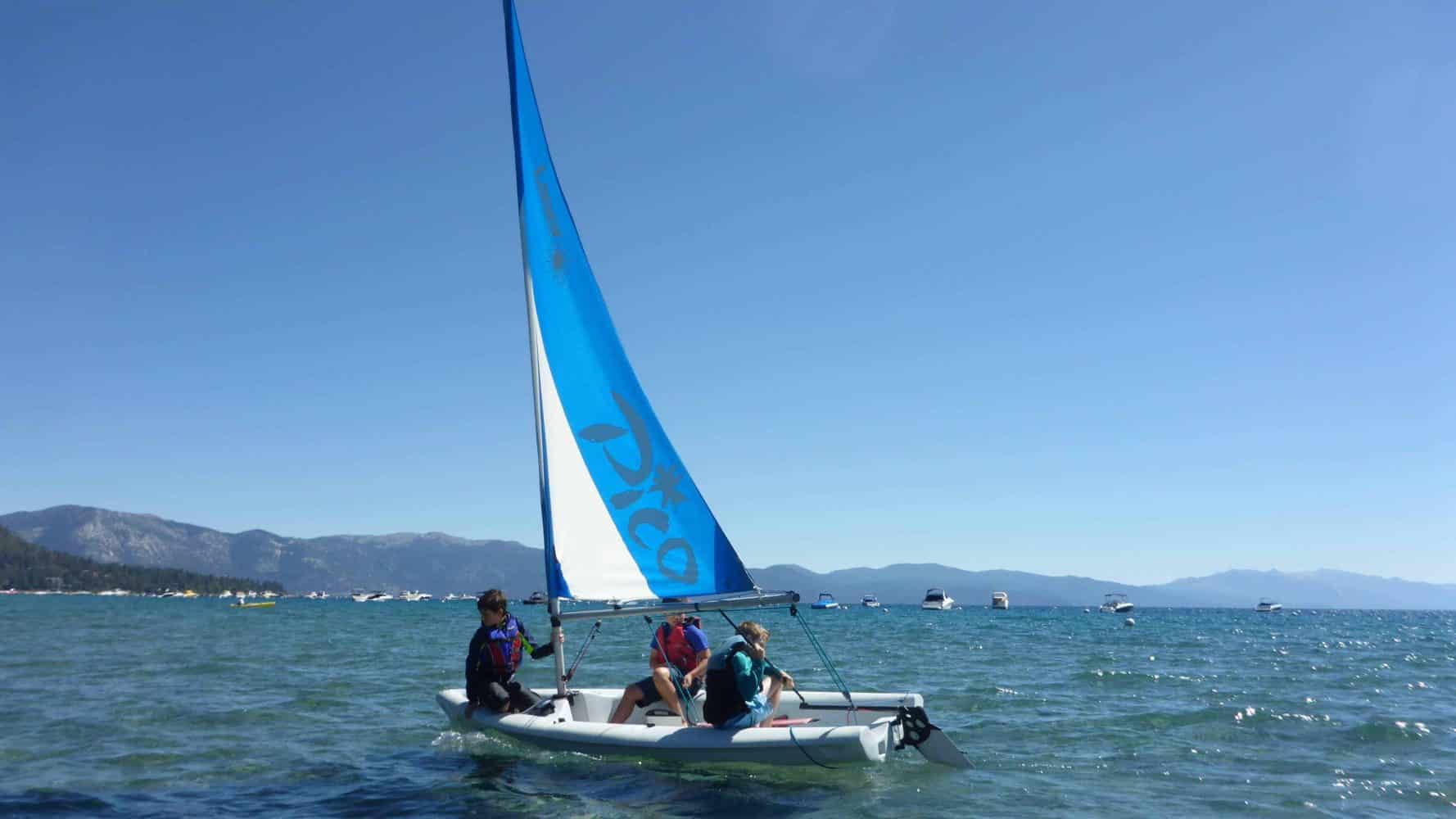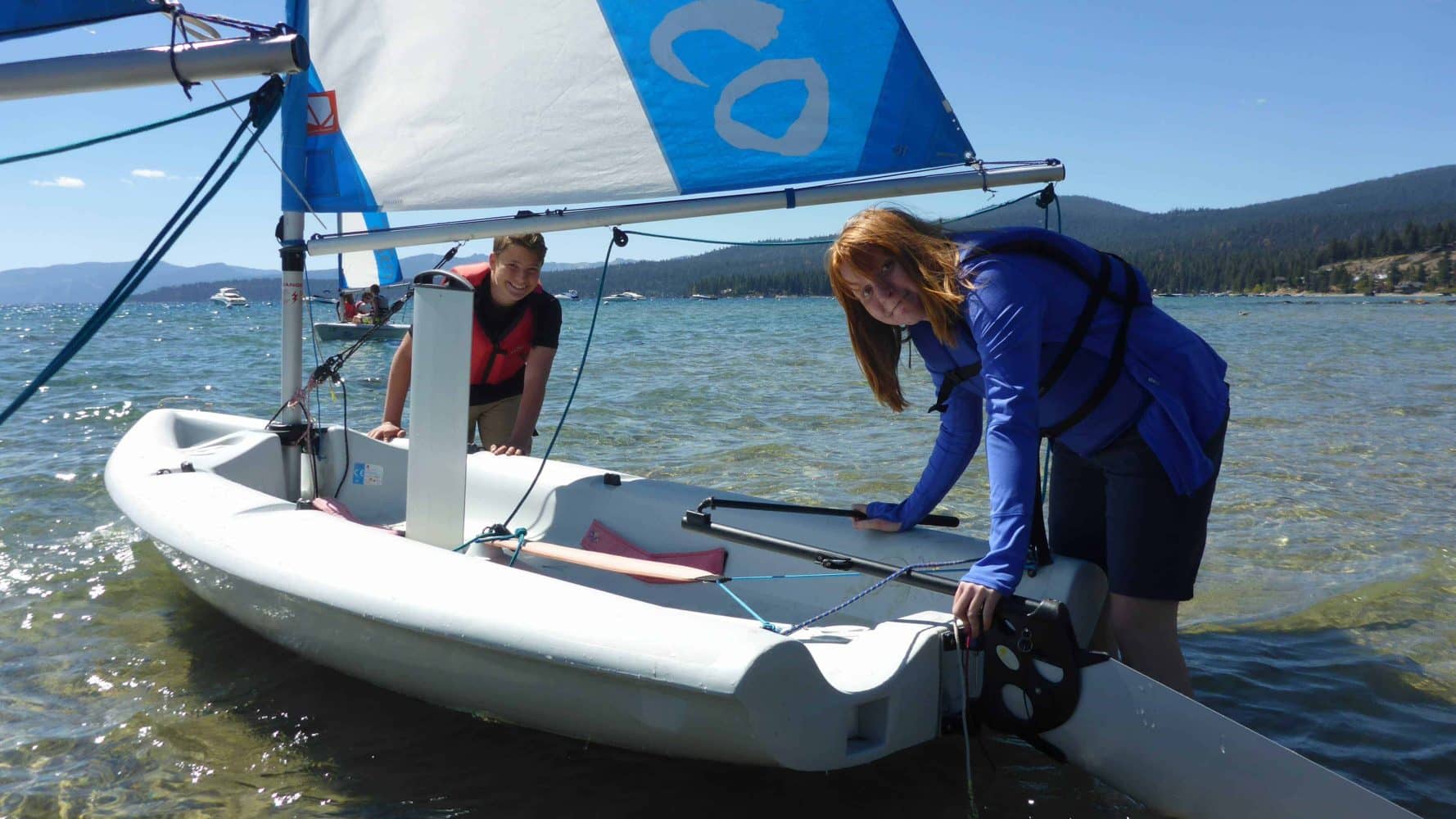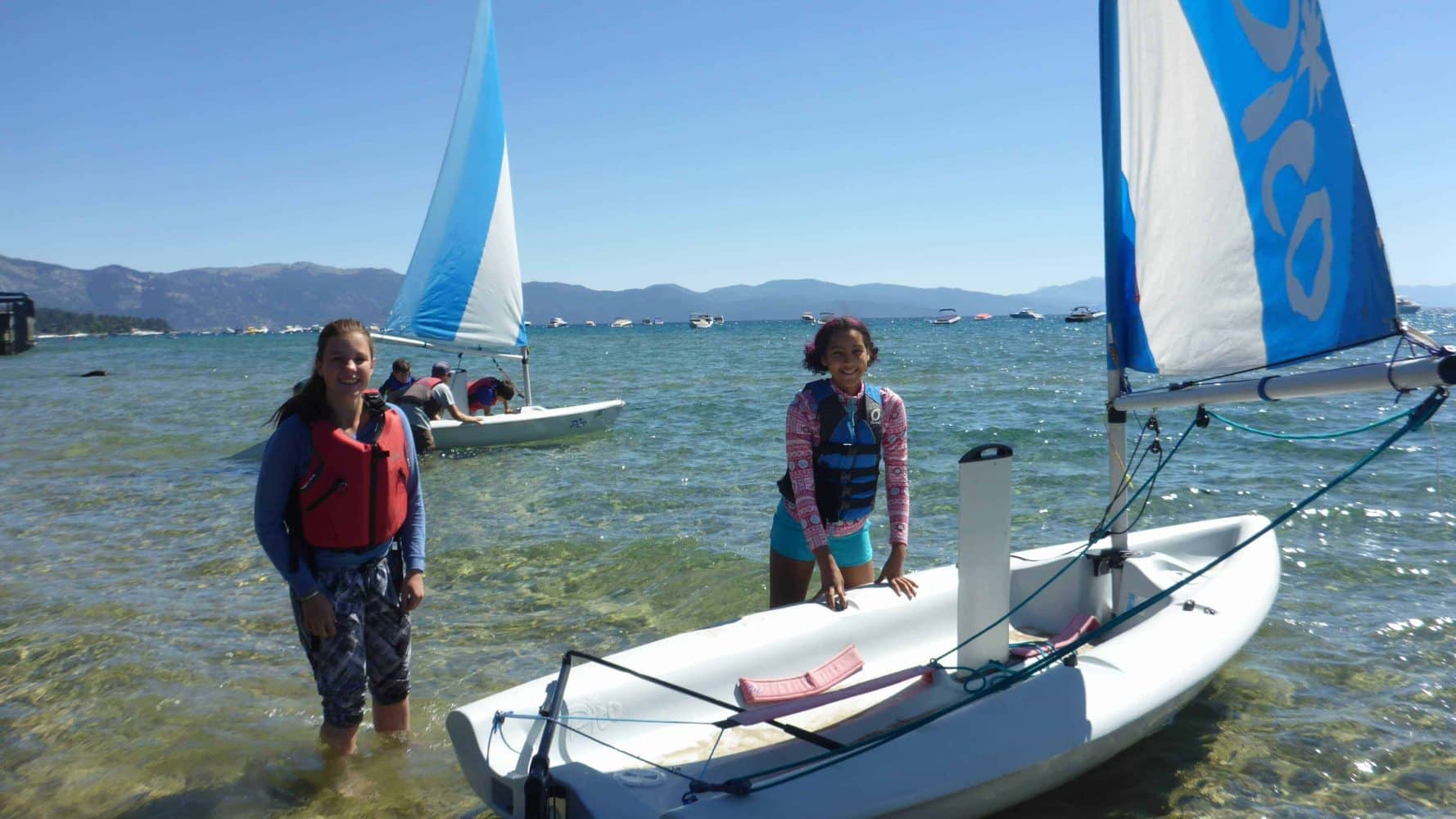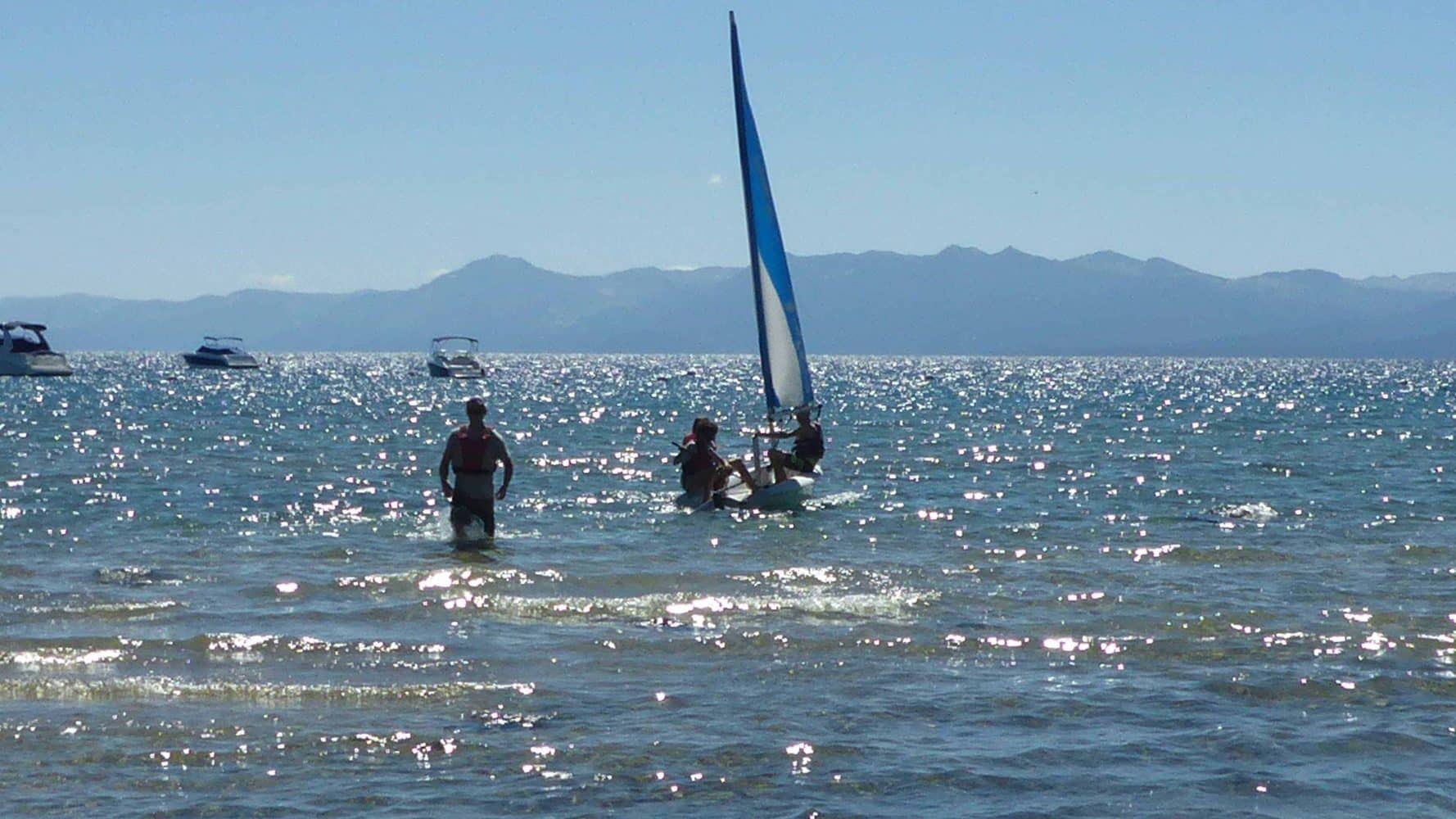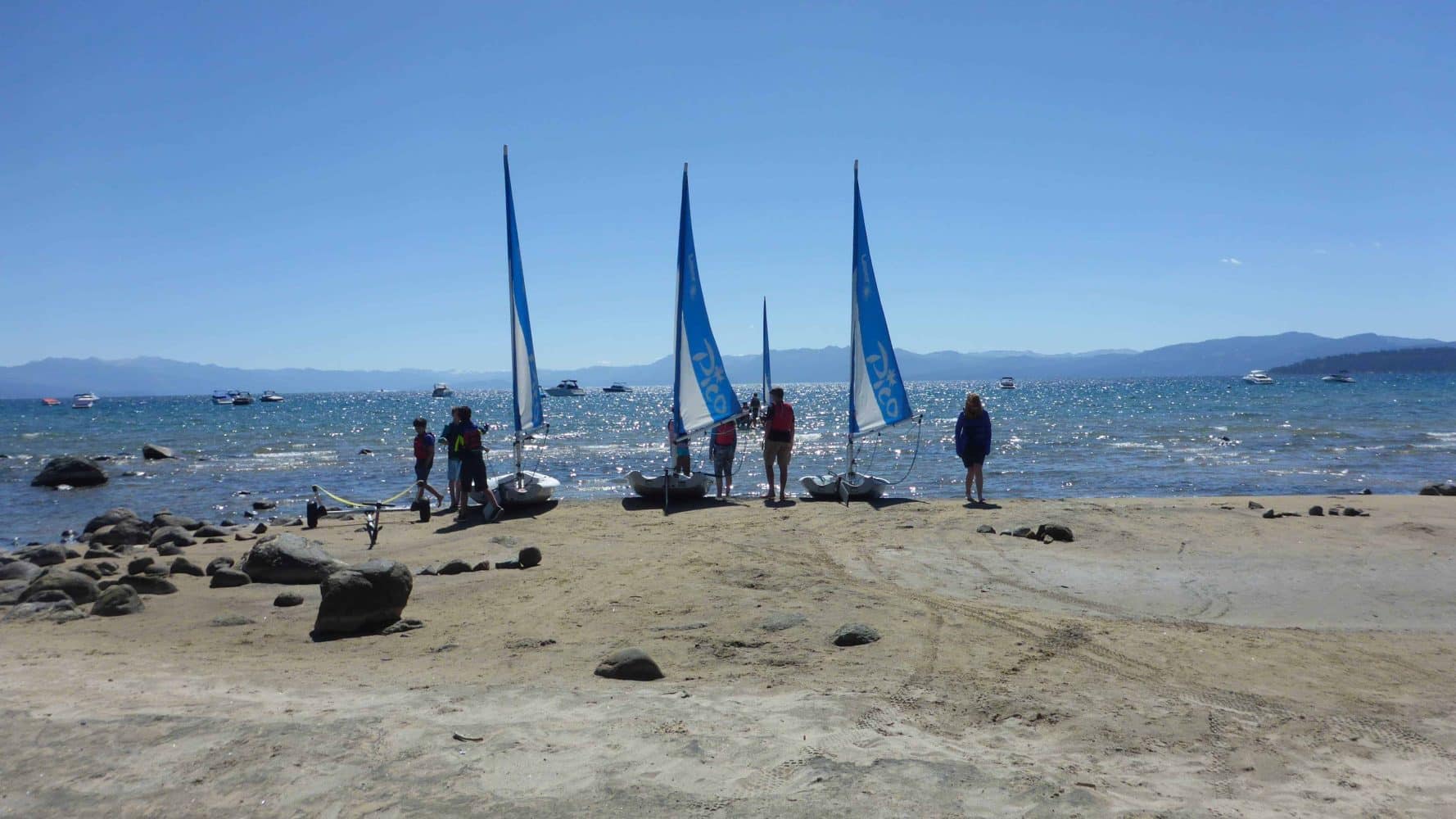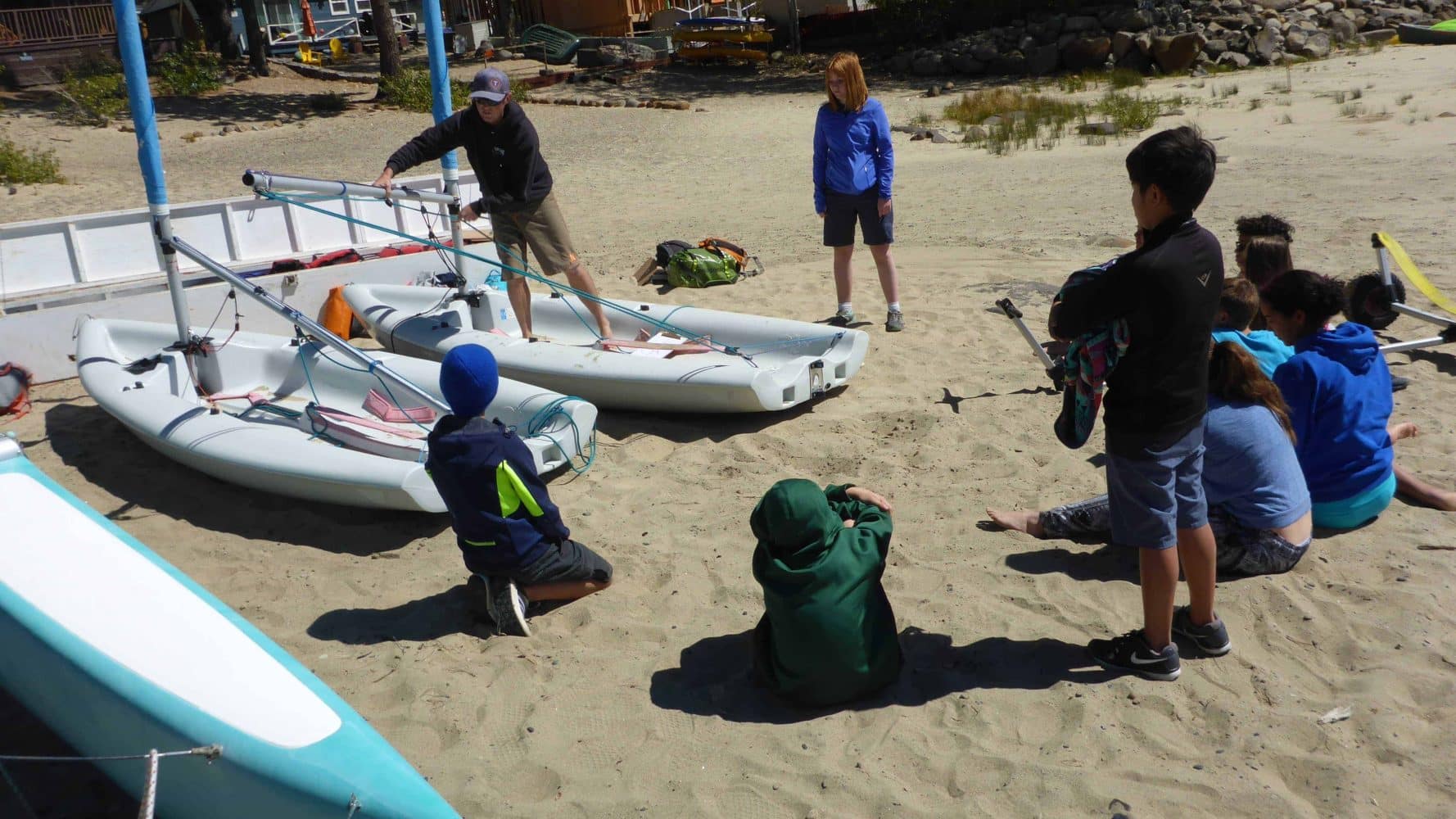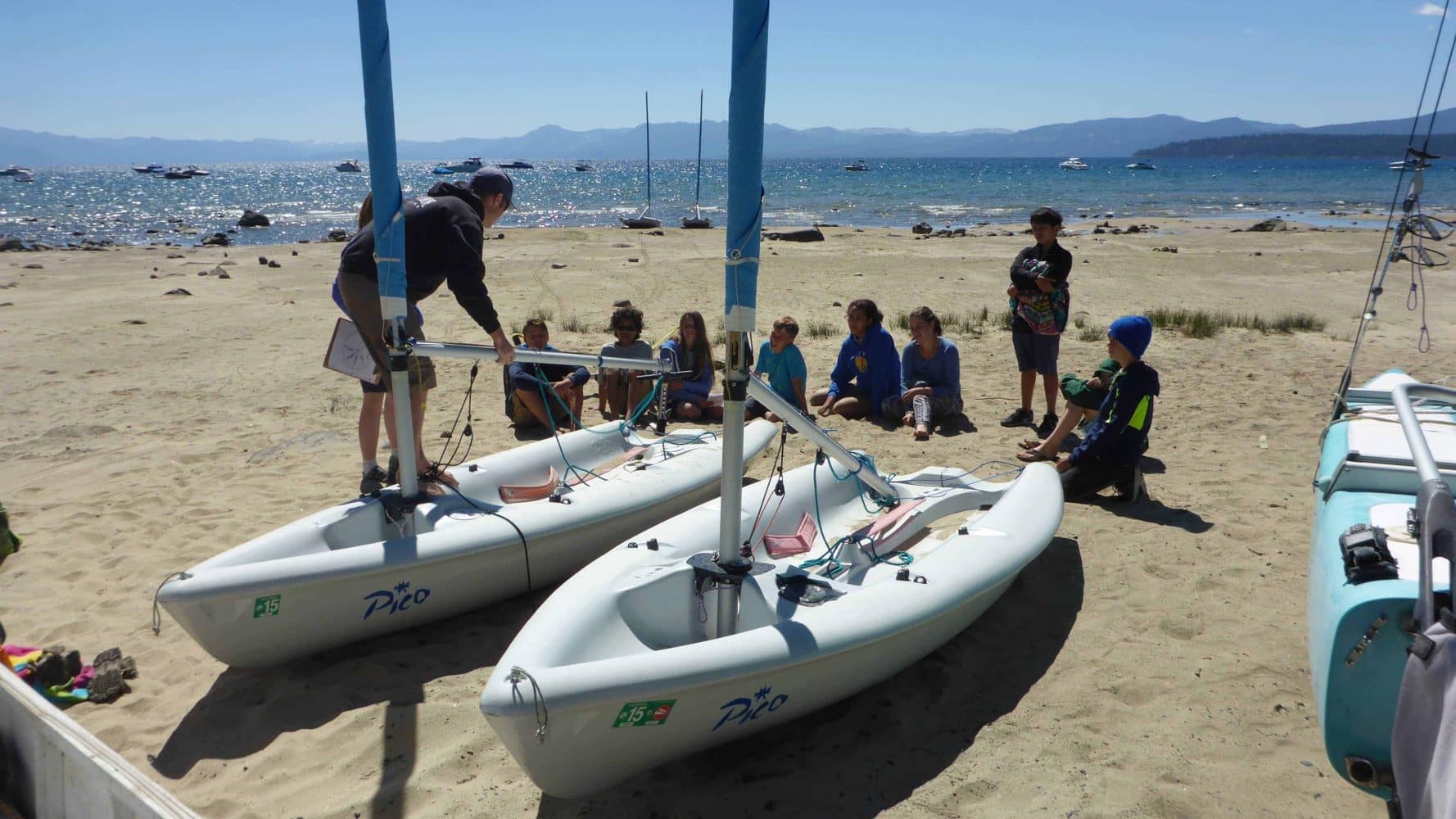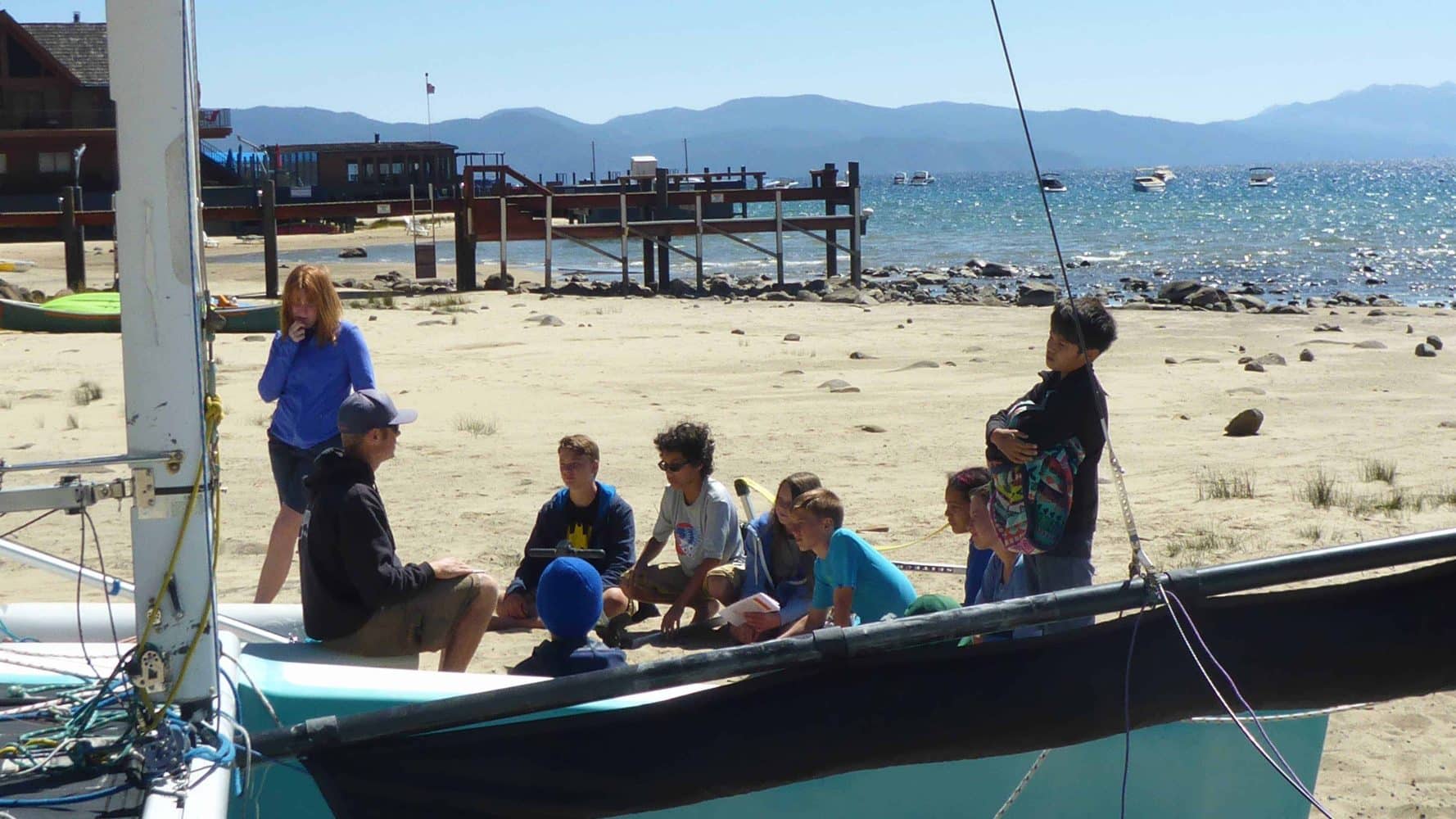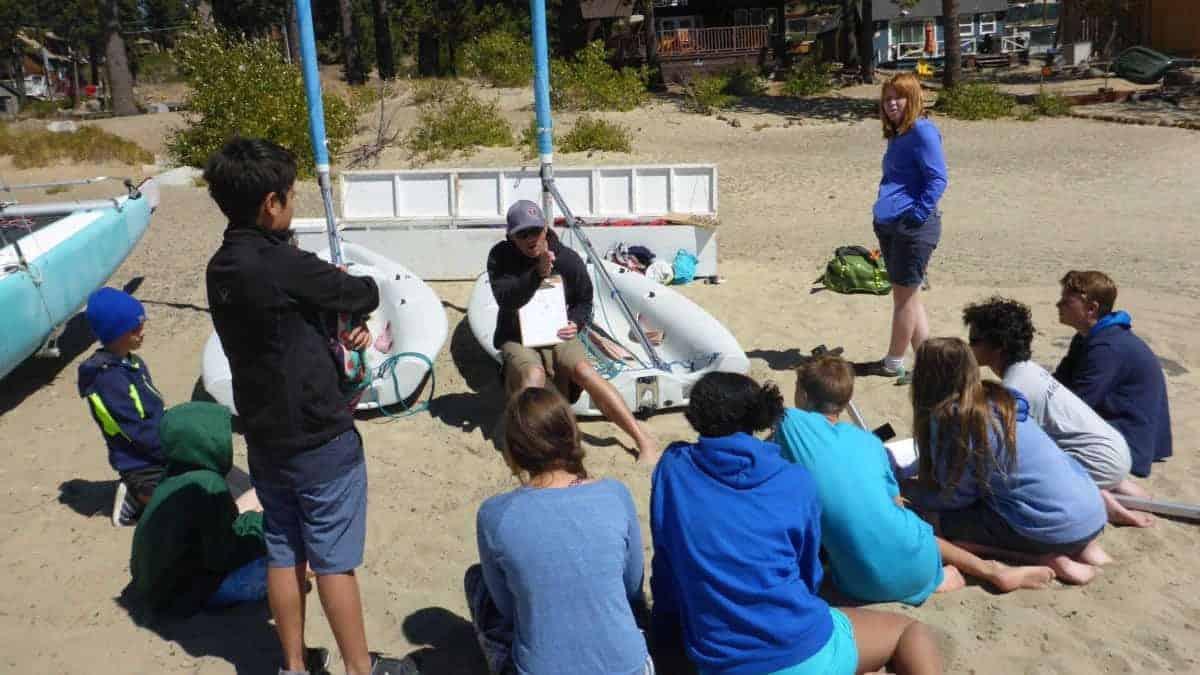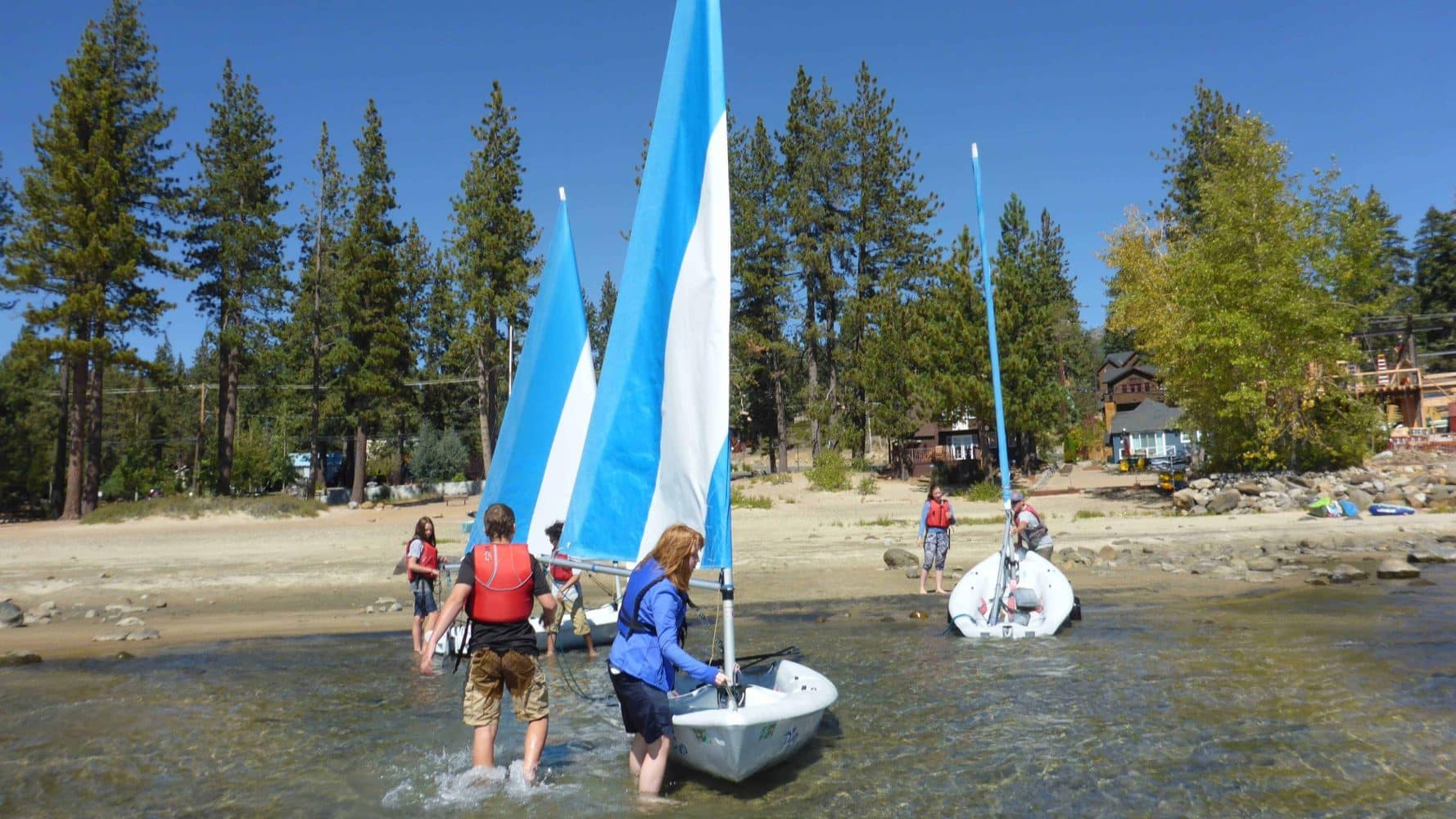Learning About Vectors and Math Through Sailling
We took the physics of sailing and combined team building skills to create one math learning expedition that none of us will forget.
How did you study physics growing up? Remember much?
Well, this is how we teach physics at TEA…through real life experiences! We took the physics of sailing and combined team building skills to create one learning expedition that none of us will forget. Our learning target was this:
“I can demonstrate the use of force in the physics of sailing, looking at vectors and force vectors while learning what it means to build crew.”
The Crew Leader and teacher Lorenzo mentioned that “many of the students were without sailing experience. To see them then grab the helm and mainsheet while trusting each other to communicate when they were going to tack (or not) was truly incredible.”
The challenges on this expedition ranged from sand bars to “man overboard!” Don’t worry, the water was still warm and everyone was wearing lifejackets.
Successes from this expedition ranged from students working together as a crew to flying across the wind and tacking beautifully. The smiles on everyone’s faces could be seen from miles away. In the end, everyone had a positive experience working together and showing crew, teamwork and collaboration.
Reflections and messages from the students:
- “We went out in our laser boats and got to learn how to sail, and demonstrate what a crew really was to make sure we weren’t capsizing or turtling. We have to work together to really achieve going forward, one person operating the rudder, one operating the main sheet, and work together to go. If one person doesn’t do their job then you won’t go… several people fell off the boat and then we learned from that. We were then able to avoid doing that next time.”
- “This was a really good example of physics that we did it, that we actually did it and got to see how the sail works in the wind, the wind it got caught and we could see if you push or pull the sail along that you would be going into it or across it. The things we learn in class we got to actually experience out in nature. I think this definitely gave us a real life experience that we learned from and will remember.”
- “So sailing is pretty fun. It is fun to interact with your friends and have a fun time even tho you can fall off and stuff. We’ve been studying the physics of sailing, how sailboats work and how instead of how wind pushing the boat, it actually pulls the sailboat, and gives us extra speed. We learned how sails work and what parts there are of the boat like the mass and the stern and the bow and yeah, so that is what we have been studying and it is really fun.”
- “How is it possible to go faster than the wind? We found that it is something to do with air pressure and it being balanced with the pressure of the boat. You’re going down wind the wind is pushing you, and you are going same speed as wind. Doing it sideways across the wind and all of a sudden you’re on beam, and then you’re going faster than the wind. That has to do with the lift and wind pulls upwards and is caught in and holds the sail. So the lift is the wind and it is the air pressure because it lifts of sail, that is what I understand, the wind is pushing the sail on the side and the keel is the opposite force of that and the keel stops it and kind of makes it push forward.”
